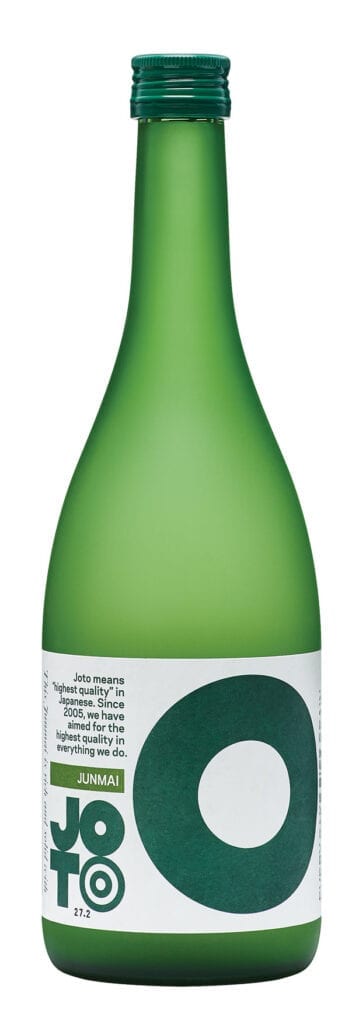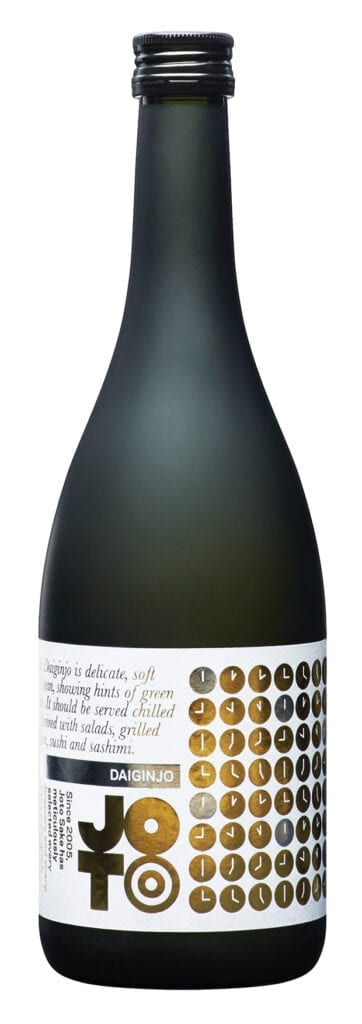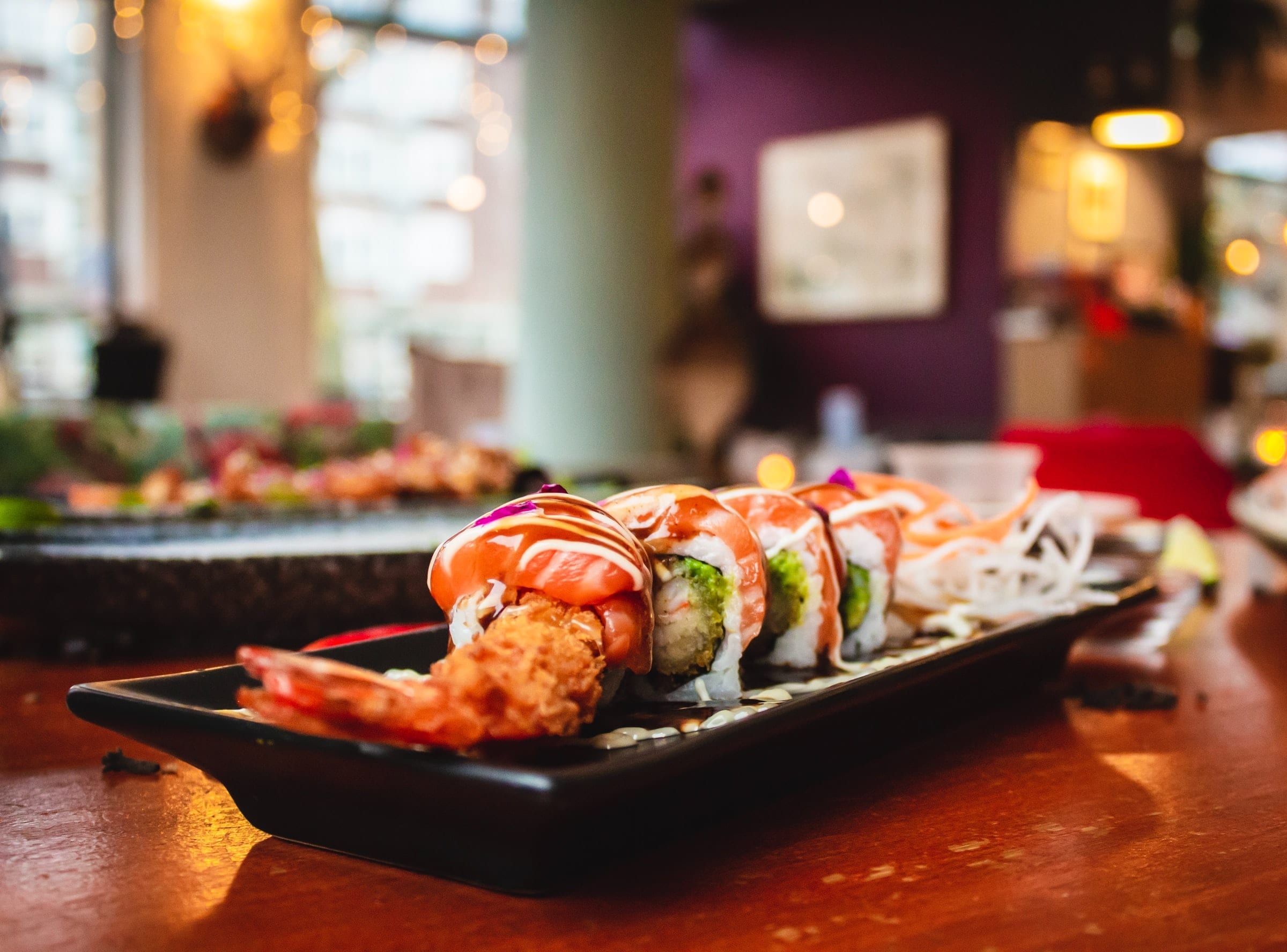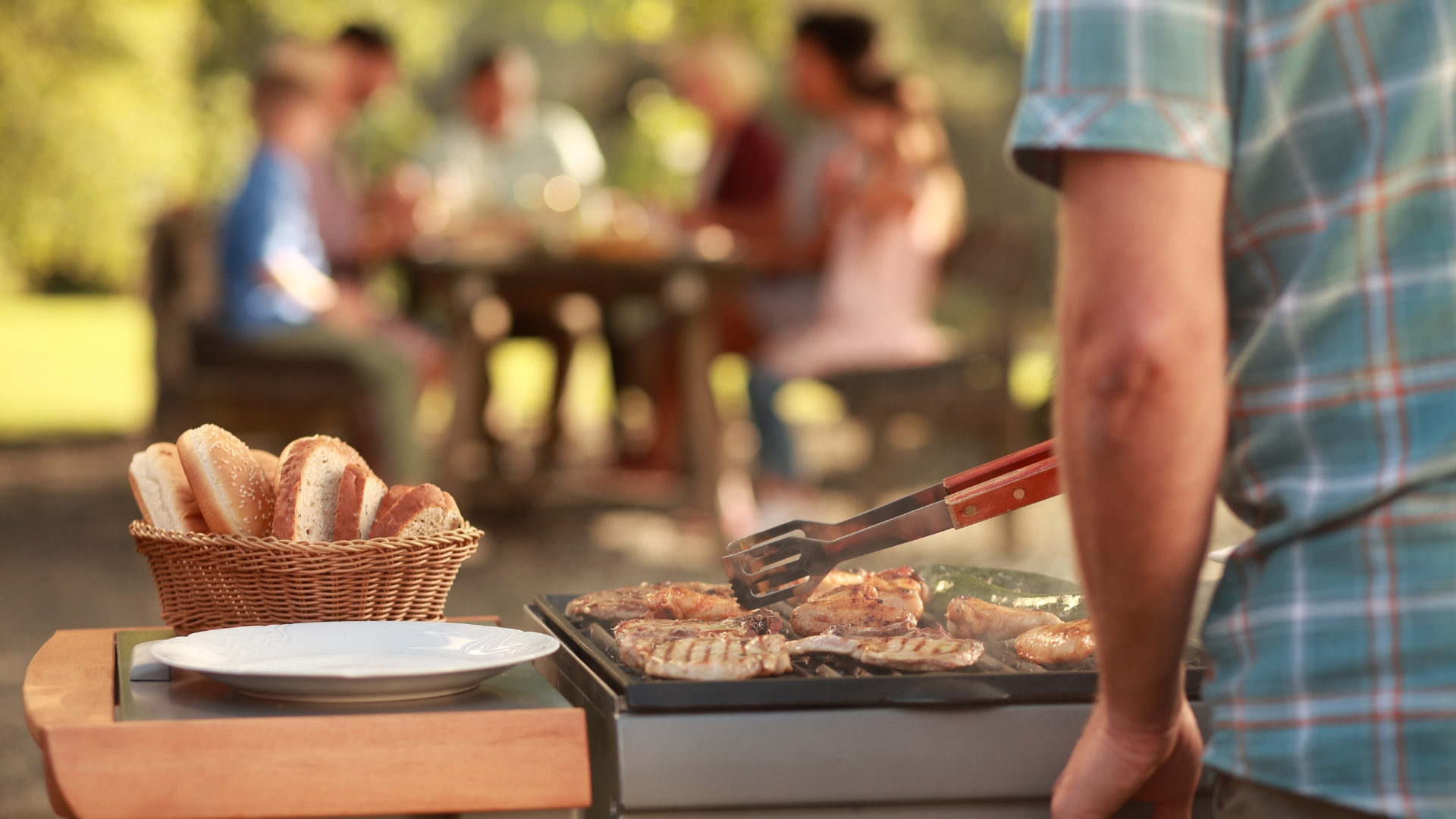Sake, the beverage made from fermented rice, is an up-and-comer in the world of wine and spirits, with Americans consuming about 35% of all sake exported from Japan. However, most Americans do not yet know much about it. In fact, sake is often remembered as that simple, warm drink consumed exclusively at sushi bars and Japanese restaurants, and has too many times been cast aside for its associations with sake-bomb-induced debauchery.
A great entry point to sake is Joto, a hand-selected sake portfolio from top Japanese brewers comprised of representative styles at varying price points. Whether for novices seeking a fun, approachable introduction to sake or for aficionados desiring a delightful sampling set, Joto is the perfect place to start.
We have listed out some of the well-known myths closely associated with this delightful beverage:
Debunking Sake Myths
-
Sake is Served Hot – FALSE!
 In Japan, sake was originally served warm in order to mask certain off flavors present in the coarse sakes produced prior to the rise of premium and artisanal sakes in the 1970’s. Many Americans have experienced sake warm, a residual serving habit leftover from the ‘80’s and ‘90’s before sake education entered the United States. More recently, the trend of high-quality sakes has shifted the popular serving temperature from warm to “slightly chilled” so that the delicate flavors of refined sakes can be appreciated.
In Japan, sake was originally served warm in order to mask certain off flavors present in the coarse sakes produced prior to the rise of premium and artisanal sakes in the 1970’s. Many Americans have experienced sake warm, a residual serving habit leftover from the ‘80’s and ‘90’s before sake education entered the United States. More recently, the trend of high-quality sakes has shifted the popular serving temperature from warm to “slightly chilled” so that the delicate flavors of refined sakes can be appreciated.
All this is not to say that sake should only be enjoyed cold! In fact, many prefer sake slightly warmed. Sake is very temperature-sensitive, and its flavors will show differently based on slight changes in degrees. Try a rich and lively sake, Joto Junmai “The Green One” ($22.99, 720 ml), chilled, at room temperature, and warm to understand these differences. As a general rule of thumb, dry sakes and Junami sakes, such as Joto Junami “The Green One,” are better suited to heat. To warm your sake at home, bring a pan of water to boil and place a mug directly in the pan. Slowly pour the sake into the mug and use your finger to test the temperature as it heats. It should not exceed hito-hado, the Japanese term for body temperature.
-
Sake Is Too Strong – FALSE!
While sake usually has a higher alcohol content than table wine, it maxes out at 20% ABV and typically hovers between 15% and 20%. This makes sake a great drink to enjoy a glass of on its own and is equally delicious to pair with food, just like wine or beer. Sake is also an excellent cocktail ingredient and will make a delicious drink that is not as strong as a typical cocktail made with liquor. The association of sake with strong alcoholic drinks like hard liquor is a fallacy that may be connected more to an attitude of yake-zake, the Japanese term for “drinking to become inebriated,” than to the actual ABV.
-
Sake is Simple – FALSE!
 In talking to friends and family, one might think that sake is rather a simple and limited category. On the contrary, it is the product of complex production methods involving polishing rice grains and employing special yeasts which yield an array of flavors from fragrant to aged and mature, from rich to light and smooth. Take, for instance Joto Daiginjo “The One with the Clocks” ($44.99, 720 ml). This sake is produced by the Nakao Brewery with a proprietary apple yeast developed in the 1940’s. Made with rice that was milled, removing 50% of its outer coating, this sake is delicate, soft, and clean with hints of green apple. Sake’s elegance and delicacy should not be misconstrued with overt simplicity. Just as for wine, there are sake sommeliers who devote themselves to the study of sake’s intricacies.
In talking to friends and family, one might think that sake is rather a simple and limited category. On the contrary, it is the product of complex production methods involving polishing rice grains and employing special yeasts which yield an array of flavors from fragrant to aged and mature, from rich to light and smooth. Take, for instance Joto Daiginjo “The One with the Clocks” ($44.99, 720 ml). This sake is produced by the Nakao Brewery with a proprietary apple yeast developed in the 1940’s. Made with rice that was milled, removing 50% of its outer coating, this sake is delicate, soft, and clean with hints of green apple. Sake’s elegance and delicacy should not be misconstrued with overt simplicity. Just as for wine, there are sake sommeliers who devote themselves to the study of sake’s intricacies.
Beyond flavor, sake is also integrally connected to Japanese culture and history, adding another layer of intrigue and complexity to this beverage. Clearly, we have only begun to scratch the surface of sake’s depth, breadth, and complexity!
-
Sake is Only Available at Sushi Bars or Japanese Restaurants – FALSE!
Who else had their first taste of sake at a sushi bar or Japanese restaurant? With a rapidly growing export market of top-quality products to the United States, you can find now find excellent sake in restaurants serving Western cuisine, at specialty shops, or at your local wine and liquor store around the country. Pick up a bottle to try at home! I suggest Joto Junmai Ginjo “The Pink One” ($26.99, 720 ml), which is delicious with light foods or on its own, and is available nationally. It is brewed by Huchu Homare Brewery in Ishioka with two kinds of yeast that deliver light, fruity and floral flavors. Experiment with sushi pairings, or go further and marry with Western-style foods!
Today, plenty of young chefs and beverage enthusiasts are pointing to the pairing possibilities for sake that extend far beyond Japanese food. Sake is not traditionally paired with sushi in Japan due to the rice present in both, but sake’s relatively low acidity and no tannins make it extremely food-friendly. There is so much to discover!
-
Sake Demands Special Glassware – FALSE!
Until the Edo period in Japan, sake was served only in stoneware and ceramic cups, and later cedar masu boxes were employed. Today, glass has been deemed acceptable by sake professionals and aficionados, so don’t feel discouraged by a need for special drinking vessels! The wineglasses you have at home will do the trick. Try Joto Junmai Nigori “The Blue One” ($22.99, 720 ml) in a wineglass at home to observe what an unfiltered sake looks like. The tropical notes and creamy mouthfeel of Joto Junmai Nirgori “The Blue One” will pair well with a night in and spicy Asian take-out.
All that said, sake serving sets and special handle-less cups called choko, can certainly add aesthetic value and a sense of ceremony to the drinking experience.




